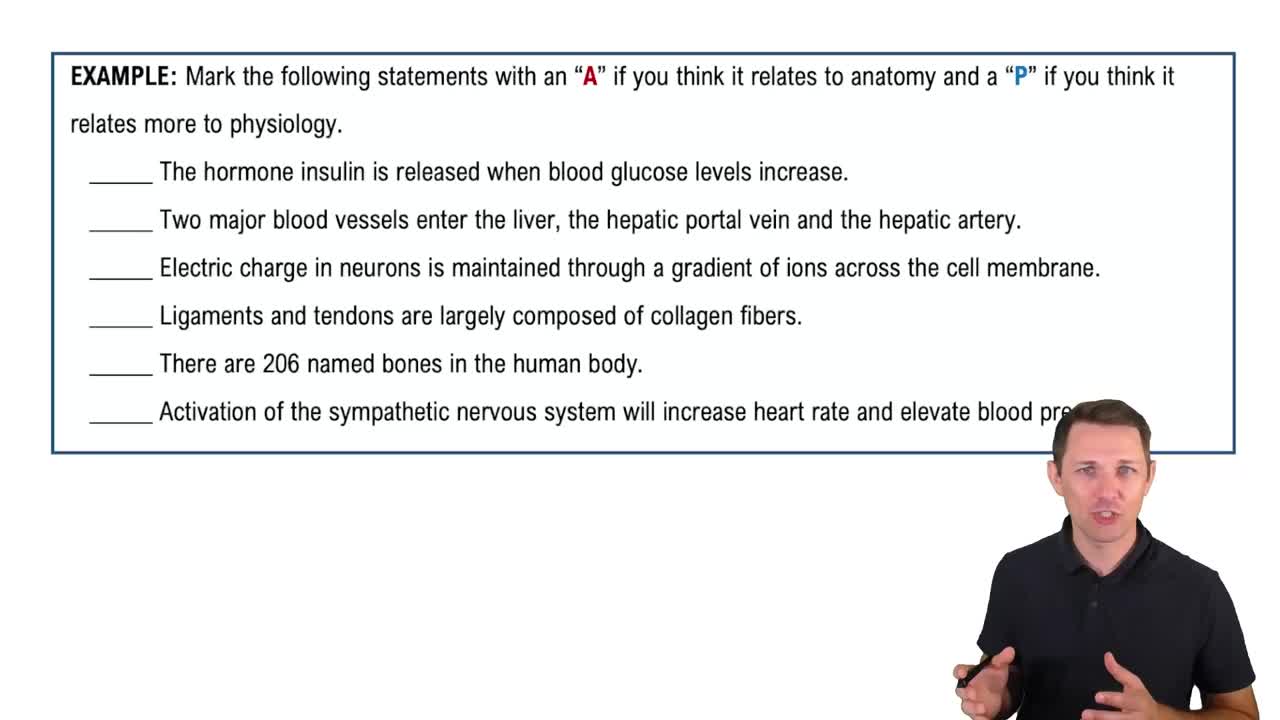What is Anatomy & Physiology? definitions Flashcards
 Back
BackWhat is Anatomy & Physiology? definitions
1/15
Terms in this set (15)
- AnatomyThe study of the body's structure, including the shape, location, and composition of body parts.
- PhysiologyThe study of the body's function, focusing on how body parts work and respond to various stimuli.
- HeartAn organ that pumps blood throughout the body, with its structure and function being key topics in anatomy and physiology.
- ElectrocardiogramA graph showing the heart's electrical activity over time, used to study its function.
- ChambersInternal compartments of the heart that receive and pump blood.
- Blood VesselsTubes that carry blood throughout the body, connecting to the heart.
- ValvesStructures in the heart that control blood flow direction and prevent backflow.
- Principle of ComplementarityThe concept that anatomy and physiology are interdependent, with structure determining function and vice versa.
- Structure-Function RelationshipThe idea that an organ's structure is designed to perform its specific function.
- EKGAnother term for electrocardiogram, a tool for measuring the heart's electrical activity.
- ECGAnother term for electrocardiogram, used interchangeably with EKG.
- OrganA part of the body with a specific function, made up of different tissues.
- FunctionThe specific job or role that a body part performs.
- StructureThe physical makeup of a body part, including its shape, size, and location.
- BodyThe entire physical structure of a human or animal, studied in anatomy and physiology.



